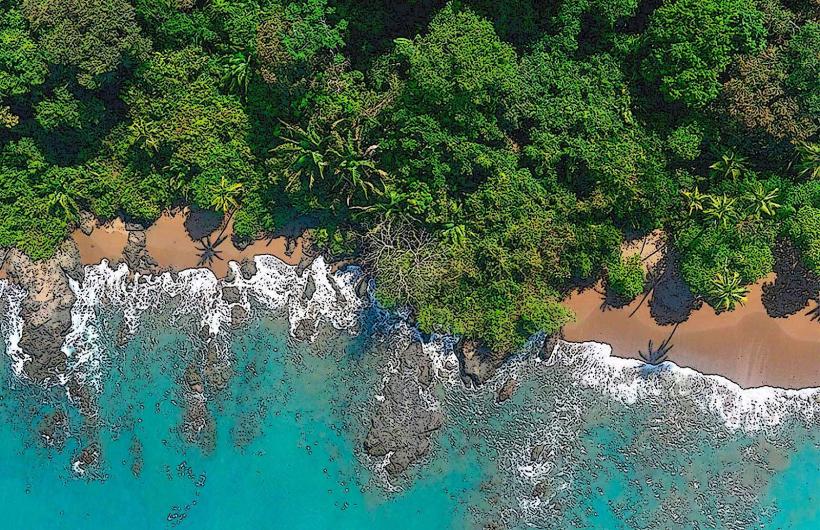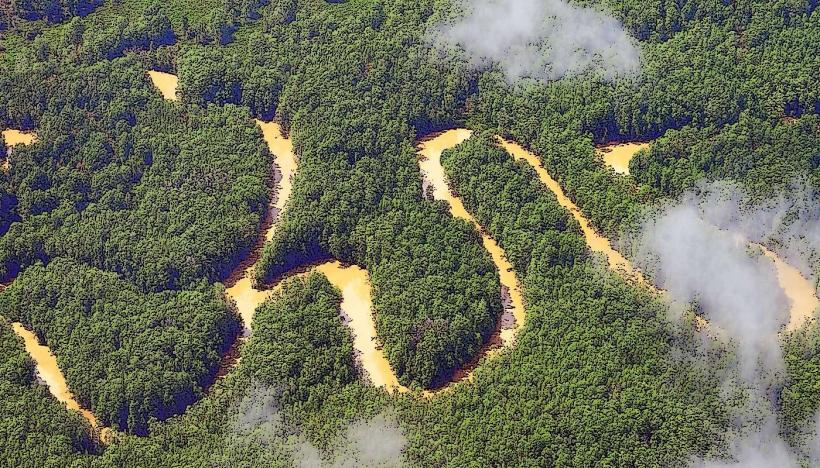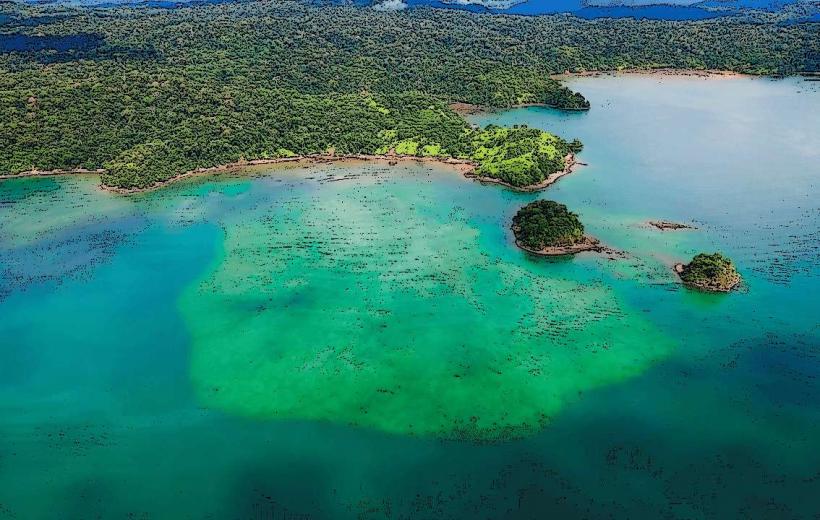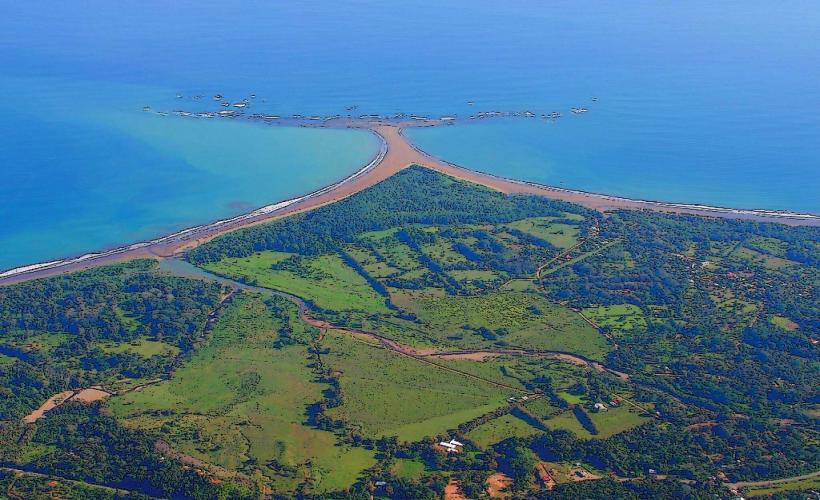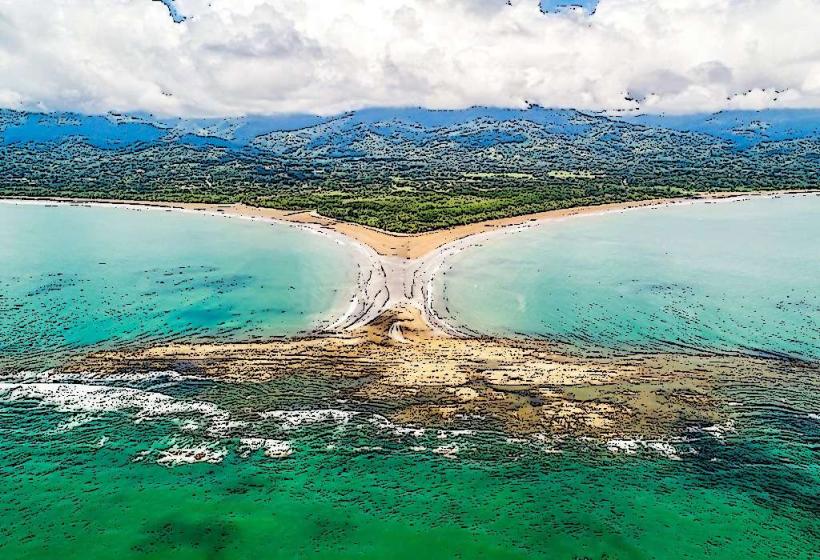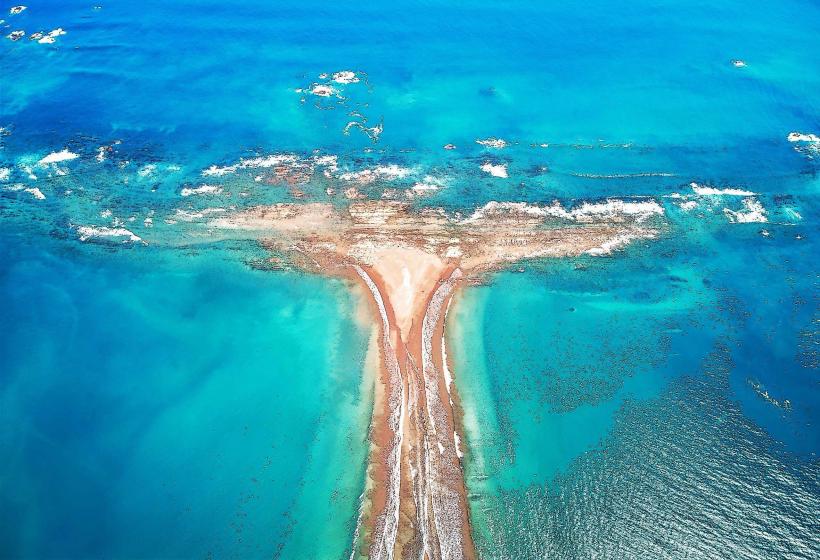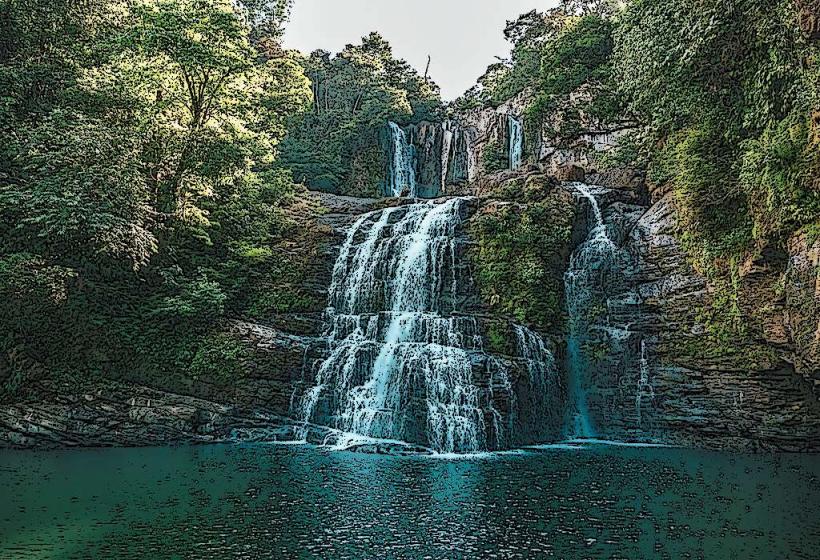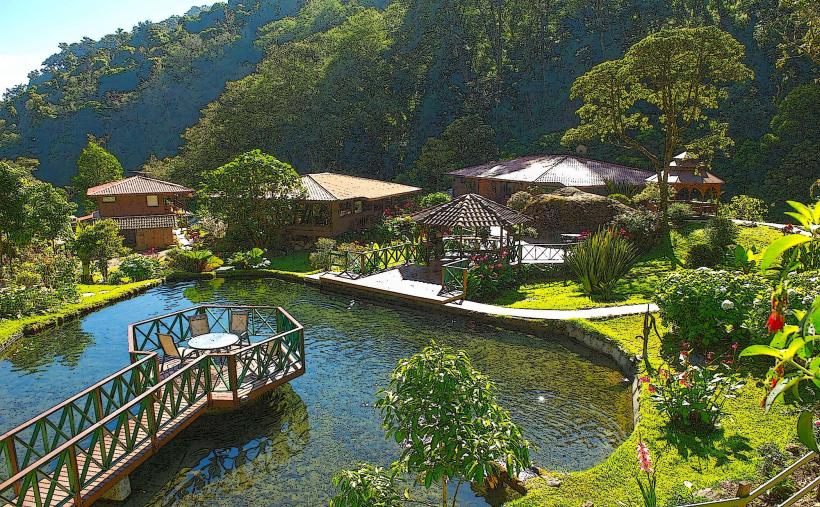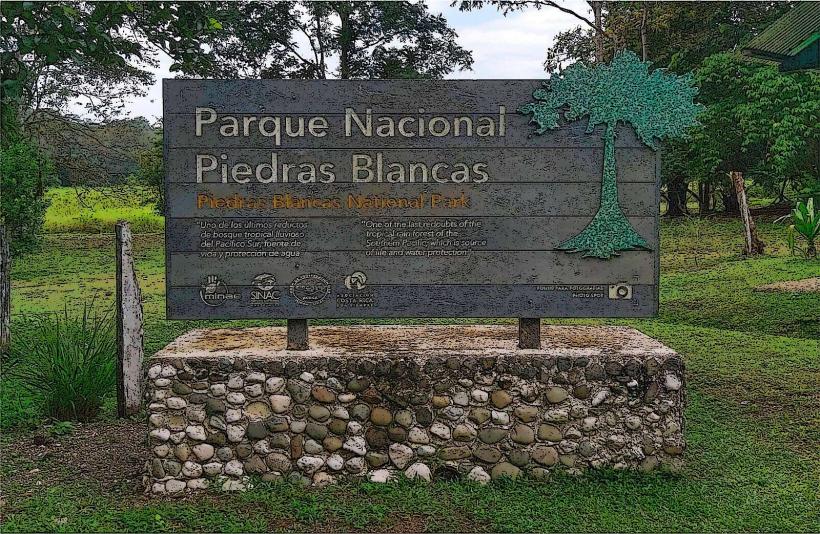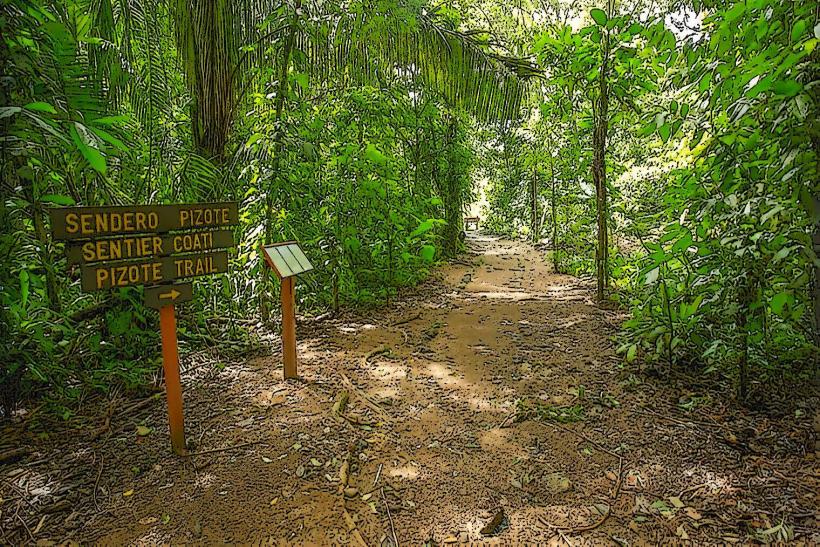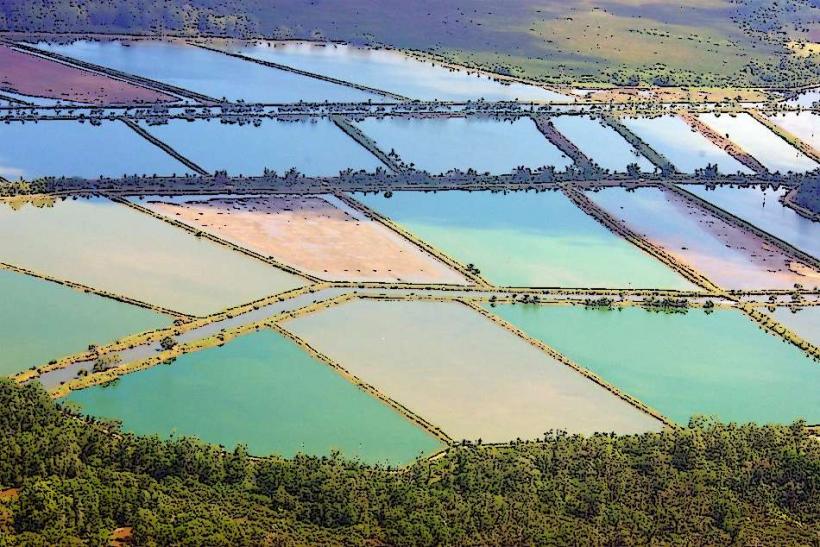Information
Landmark: Drake BayCity: Zona Sur
Country: Costa Rica
Continent: North America
Drake Bay is a picturesque and remote destination located on the Osa Peninsula on the Pacific coast of Costa Rica. Known for its lush tropical landscapes, stunning beaches, and proximity to Corcovado National Park, Drake Bay is an excellent base for exploring the park's rich biodiversity and enjoying a range of outdoor activities, from wildlife watching to snorkeling. The bay is named after the famous English explorer Sir Francis Drake, who is believed to have anchored there during his voyages in the 16th century.
Overview
- Location: Drake Bay is situated on the southwestern coast of Costa Rica, within Puntarenas Province. It is approximately a 40-minute boat ride from Sierpe and Puerto Jiménez, two key towns that serve as access points to the Osa Peninsula.
- Named After: The bay is named after Sir Francis Drake, who anchored in the bay during his expeditions in the late 1500s. His ships used the bay as a safe harbor during their exploration of the region.
- Access: Drake Bay is relatively remote, and visitors typically reach it by boat from Sierpe or Puerto Jiménez, or by domestic flights from San José to Puerto Jiménez, followed by a transfer to the bay.
Natural Beauty and Surroundings
Drake Bay is surrounded by dense rainforests, pristine beaches, and lush hills, offering visitors a stunning natural setting. The area is part of the Osa Peninsula, a region that is often considered one of the most biodiverse in the world, thanks to its proximity to Corcovado National Park.
Beaches: The bay is home to a number of beautiful beaches, including:
- Playa Drake: The main beach in the bay, a calm, crescent-shaped stretch of sand that is ideal for swimming and relaxing.
- Playa San Josécito: A secluded beach located a short boat ride from the bay, perfect for peaceful picnics, swimming, and snorkeling.
- Playa Colorada: A more remote beach with reddish-colored sand, accessible by boat or a challenging hike through the jungle.
Corcovado National Park: Drake Bay is often used as a gateway to Corcovado National Park, one of the most biodiverse and pristine national parks in the world. The park is home to a vast array of wildlife, including jaguars, tapirs, scarlet macaws, and howler monkeys, making it a popular destination for wildlife enthusiasts and eco-tourism.
Marine Life: The waters around Drake Bay are home to vibrant coral reefs, making the area a great spot for snorkeling and scuba diving. Visitors often spot whale sharks, manta rays, sea turtles, and a variety of tropical fish. The bay is also an important whale migration route, and humpback whales can be spotted from July to October.
Things to Do in Drake Bay
Wildlife Watching in Corcovado National Park:
- A must-do activity for visitors to Drake Bay is to take a guided tour to Corcovado National Park, which can be accessed by boat from the bay. The park offers hiking trails where visitors can spot a range of wildlife, including rare species like the jaguar and harpy eagle, as well as monkeys, sloths, and birds like the scarlet macaw.
Snorkeling and Scuba Diving:
- The crystal-clear waters surrounding Drake Bay are perfect for snorkeling and diving. Popular spots include Isla del Caño, an island and marine reserve located just offshore, known for its vibrant coral reefs, sea turtles, and sharks. Scuba diving tours are available for those interested in exploring the underwater world of the region.
Kayaking and Stand-Up Paddleboarding:
- The calm waters of Drake Bay make it an ideal place for kayaking or stand-up paddleboarding. You can explore the coastline, paddle along the mangrove channels, or visit nearby beaches, enjoying the peace and serenity of the area.
Whale and Dolphin Watching:
- Drake Bay is an excellent location for whale watching, especially during the humpback whale migration from July to October. Dolphins are also common in the bay, and boat tours provide opportunities to spot both species in their natural habitat.
Horseback Riding:
- Horseback riding tours are available for exploring the surrounding jungles, beaches, and hills of Drake Bay. These rides offer a unique way to take in the scenic views and experience the area’s natural beauty.
Hiking to Waterfalls:
- There are several waterfalls in the vicinity of Drake Bay that can be reached via hiking trails. The San Josécito Waterfall and Cascada Pavón are popular options for visitors, offering refreshing swimming opportunities in natural pools.
Birdwatching:
- The area around Drake Bay, including Corcovado and Isla del Caño, is renowned for its birdwatching opportunities. With over 400 species of birds in the region, visitors can expect to see a variety of species, including scarlet macaws, toucanets, white hawks, and herons.
Accommodations
Drake Bay offers a variety of accommodation options, ranging from rustic eco-lodges to more upscale boutique hotels. Many accommodations are located near the beach and offer stunning ocean views. Popular eco-lodges and resorts often provide all-inclusive packages, which may include meals, guided tours, and transportation to nearby attractions.
Eco-lodges: There are a number of eco-friendly lodges that blend seamlessly with the environment, providing a sustainable and immersive experience. These lodges typically focus on responsible tourism, promoting conservation and supporting local communities.
Boutique Hotels: For those looking for more comfort, Drake Bay has a selection of boutique hotels offering luxury amenities, private balconies, and stunning views of the ocean or rainforest.
Camping: For more adventurous travelers, camping options are available within Corcovado National Park or in nearby protected areas.
Best Time to Visit
- The best time to visit Drake Bay is during the dry season, which runs from December to April. During this period, the weather is sunny, and trails are more accessible. However, the region’s rainy season (May to November) brings lush vegetation, fewer tourists, and a more vibrant natural environment, but be prepared for regular rainfall and potential challenges in accessing remote areas.
Getting There
Drake Bay is relatively remote, and getting there typically involves multiple steps:
- By Air: You can take a domestic flight from San José to Puerto Jiménez or Sierpe, followed by a boat ride to the bay.
- By Boat: Drake Bay is accessible by boat from Sierpe or Puerto Jiménez. The boat ride from Sierpe typically takes about 1 hour and passes through the Térraba-Sierpe Mangrove Wetlands, providing scenic views of the local ecosystems.
- By Car: If you prefer to drive, it’s possible to drive to Puerto Jiménez and then take a boat to Drake Bay. The roads leading to the bay can be rugged, especially during the rainy season.
Conclusion
Drake Bay is a remote and tranquil paradise that offers visitors the opportunity to experience some of the best that Costa Rica’s natural environment has to offer. With its proximity to Corcovado National Park, the bay serves as an ideal base for those looking to explore the country’s incredible biodiversity, indulge in outdoor activities, and relax in a serene, unspoiled setting. Whether you're interested in wildlife watching, snorkeling, or simply soaking up the natural beauty, Drake Bay promises an unforgettable experience for nature lovers and adventure seekers alike.

